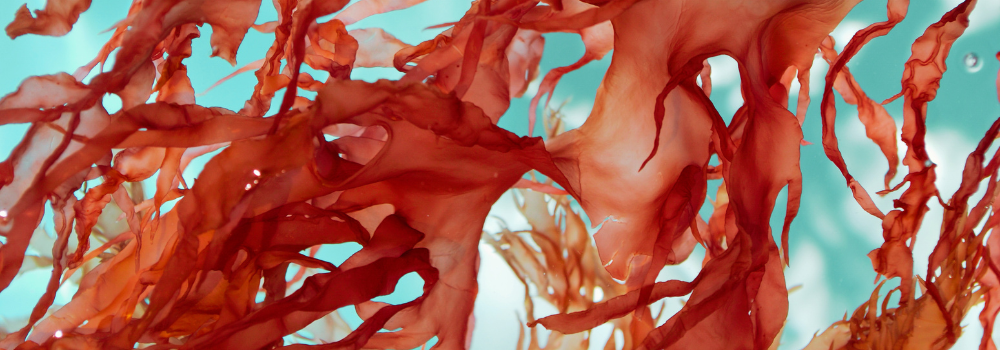
Astaxanthin: The Most Powerful Antioxidant in Skincare
Share
Did you know there's an antioxidant 500 times stronger than vitamin E and 6,000 times more potent than vitamin C? Sourced from the microalgae Haematococcus pluvialis, astaxanthin is a powerful antioxidant with impressive skin benefits. Let’s dive into what makes this ingredient so special.
What is Astaxanthin, and Where Does It Come From?
Astaxanthin is a carotenoid, a pigment that gives salmon, shrimp, and flamingos their reddish-pink color. Unlike many other carotenoids, astaxanthin is known for its unmatched antioxidant properties, making it a hero ingredient in skincare.
The most potent form of astaxanthin comes from Haematococcus pluvialis, a microalgae that thrives in extreme environments. When exposed to intense sunlight or stress, the algae produce astaxanthin to protect themselves—this natural defense mechanism is what gives it incredible benefits for human skin.
What Makes Astaxanthin Special?
Unlike other antioxidants, astaxanthin can penetrate the entire cell membrane, providing protection from both inside and out.
The Science Behind Its Power
Picture your skin cells as having a protective wall (membrane). While vitamins C and E can only guard specific parts, astaxanthin spans the entire membrane thickness. This unique positioning makes it exceptionally effective at:
- Fighting free radicals
- Preventing UV damage
- Protecting both dermis and epidermis layers
Proven Skin Benefits of Astaxanthin
1. Fights Oxidative Stress and Free Radicals
Oxidative stress from UV exposure is one of the main causes of skin aging. Astaxanthin, being 6000 times stronger than Vitamin C and 500 times more potent than Vitamin E, helps neutralize free radicals and prevent skin damage.
2. Protects Collagen and Elastin
Collagen gives your skin structure, while elastin provides elasticity. UV rays and pollution can degrade these essential proteins, leading to wrinkles and sagging skin. Astaxanthin helps protect collagen and elastin, keeping your skin firm and youthful.
2. Superior Moisture Balance
By protecting skin lipids and reducing desquamation (skin cell shedding), astaxanthin helps maintain your skin's natural moisture barrier. Translation? Less water loss and better-hydrated skin.
3. Age-Defying Properties
Clinical studies show astaxanthin helps with:
- Reducing wrinkle size
- Diminishing age spots
- Fighting both intrinsic (natural) and extrinsic (environmental) aging
How to Get the Most Out of Astaxanthin
For optimal results, look for products that:
- List Haematococcus pluvialis extract in their ingredients
- Come in light-proof packaging (like amber bottles)
- Are stored in dry conditions
- Stay below 60°C during use
Frequently Asked Questions About Astaxanthin
1. Is astaxanthin safe for all skin types?
Yes, astaxanthin is generally well-tolerated and non-toxic. However, as with any new skincare product, it’s always a good idea to do a patch test first.
2. How does Astaxanthin compare to other antioxidants?
Astaxanthin is significantly more potent than traditional antioxidants - 500 times stronger than vitamin E and 6,000 times more powerful than vitamin C. Plus, it can safely penetrate deeper into the skin.
3. Can astaxanthin help with sensitive or inflamed skin?
Yes! Astaxanthin’s anti-inflammatory properties can help soothe sensitive or irritated skin, making it a great choice for those with redness or rosacea.
4. How long does it take to see results with astaxanthin?
Most users notice improvements in skin hydration and texture within a few weeks. However, for significant changes in wrinkles and age spots, consistent use over several months is recommended.
The Bottom Line
With UV rays causing up to 90% of skin deterioration, protecting your skin is crucial. Astaxanthin offers unmatched antioxidant protection while supporting collagen, moisture retention, and overall skin health. Whether you're fighting aging signs or protecting against environmental damage, this powerhouse ingredient deserves a spot in your skincare routine.
